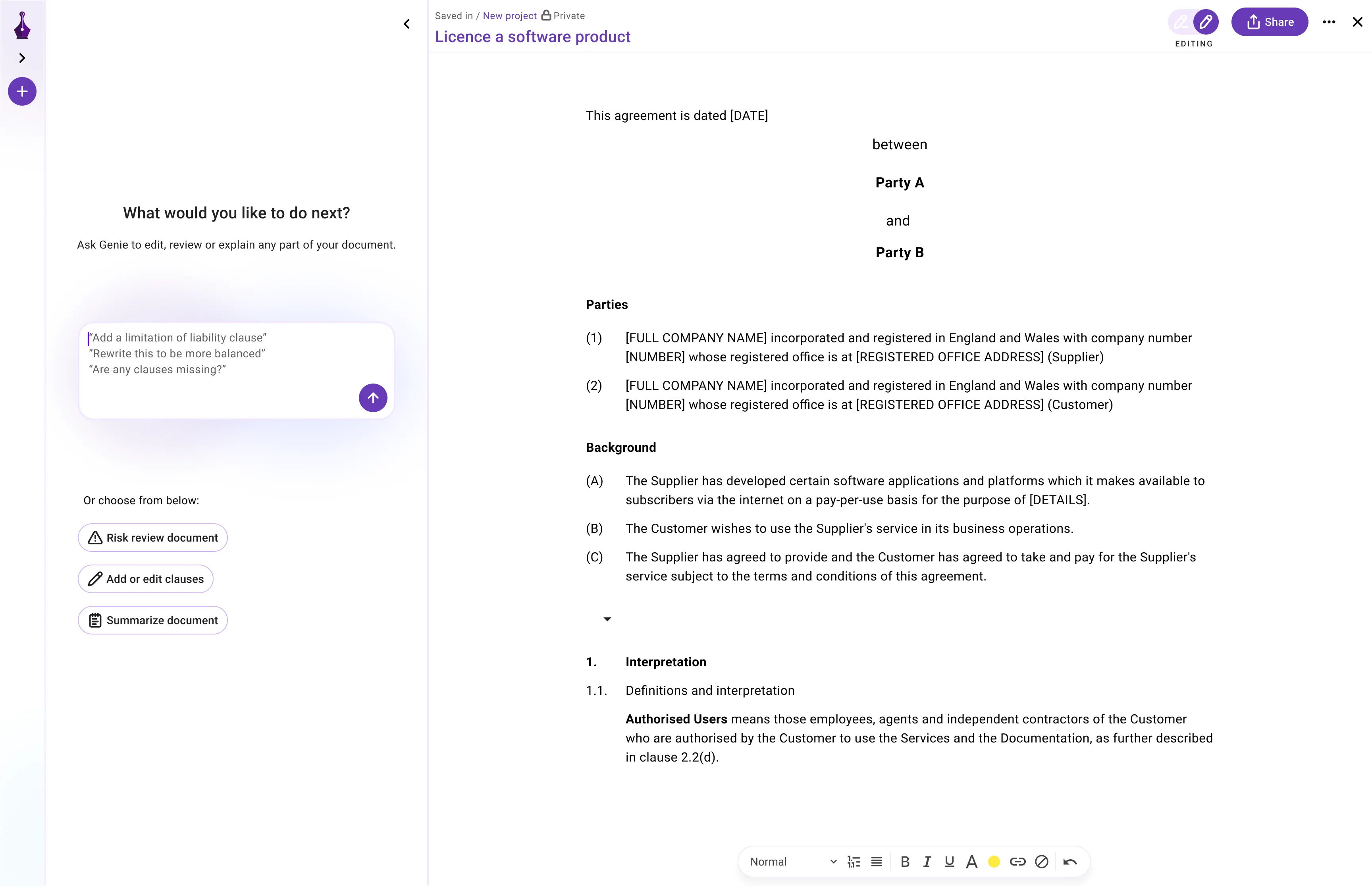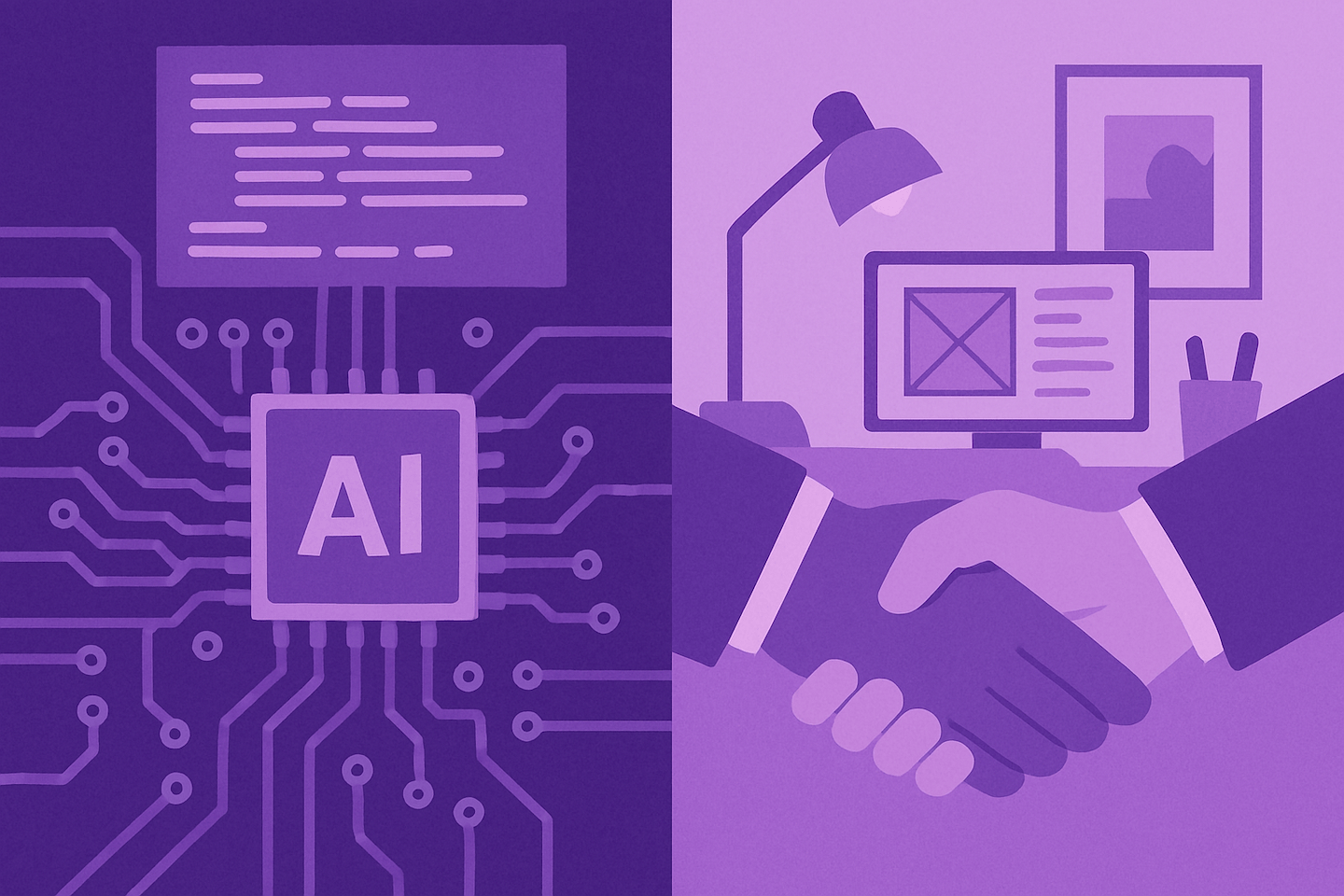
Horizontal-vertical thinking is a way of thinking to enable high speed innovation in uncertain environments.
In startups, it can be very difficult to progress quickly when you're unsure about the optimal strategy. On the other hand, it's easy to execute a clear strategy quickly, because you simply have to follow the instruction manual. So how do we move fast when there is no instruction manual?
Going horizontal
One parallel exists in reinforcement learning (a type of machine learning), where there is a trade-off between exploration and exploitation. Similarly, Sam Altman talks about knowing the difference between testing mode and knowing when things are working and you just need to scale.
The idea of horizontal thinking is that, in the exploration (or test) phase, you want to "go horizontal". That is, you want to give up the idea of making "forward" progress in the company and instead focus on rapid experimentation and research to obtain the information required to go forward in a certain direction, which then becomes "going vertical."
Let's take an example.
A startup is unsure whether to tackle market A or market B. They make a decision, given the information they have, to tackle market A.
Since they are uncertain, they move cautiously and slowly. There are debates within the team which extend the process, and, eventually, they pivot to market B.
This was a slow process that shaved off months from the startup's runway. That's because they were trying to "go vertical," but they instead zig-zagged and went around in circles because they didn't yet have the information needed to really execute with confidence.
Instead, if the team had embraced the idea of not having enough information to execute quickly, rather than muddling through, they could have defined a set of experiments and research tasks to gather the information required, allowing them to move forward with confidence.
These experiments might look like a set of experimental hypotheses, such as "if we do ten customer interviews in both market segments, one segment experiences problem X significantly more (that our product solves)."
This may sound obvious, but by embracing going horizontal, a certain alchemical change is created that enables a rapid pace even in an uncertain environment.
That's because rapid progress is most possible along a straight line, where everyone knows what they're doing and there isn't debate and stakeholder involvement. By embracing "going horizontal" we have created a straight line in an otherwise unclear and uncertain environment.
It may seem like forward progress is being halted in order to "figure things out;" however, embracing this approach actually prevents zig-zags and going around in circles. Moreover, the operational cost of team meetings, debates and approvals when the direction is unclear is extremely high. The horizontal line means we can now "figure things out" at pace.
Going vertical
This is the easy part. If you've gone horizontal effectively and gathered enough information to make a confident decision (note: in practice, it's rarely ever enough), you can now sprint to the finish by executing along a straight line. This is what I call "going vertical."
In the going vertical phase, you want to execute as quickly as possible. This is the time when late nights and working extra hours can be useful, since it's simply a matter of inputting time and outputting progress. Whereas, in the horizontal phase, you want enough sleep and clear thinking to creatively think of new ideas.
To take our previous example, now that you have run experiments and conducted research on whether to serve market A or B, and have a strong signal that the answer is B - the company can proceed with confidence and speed along a clear direction.
In teams, if your colleagues see an area where they think they can go vertical, the best thing to do is unblock them and get out of there way. In this way, we can enable the most amount of people to go the maximal vertical distance possible the most often - which maximises company progress.
Optimisation
.png)
Enabling straight lines also aids measurement and optimisation through the Deming Cycle. Once you have a clear plan for either the horizontal or vertical path, having completed a number of these cycles over time, you will discover ways to optimise both types of path. For instance, you may realise you only need five customer interviews to decide a product feature rather than ten. Or, you may start to spot signs of whether to make a decision earlier rather than later, and, based on past experiments, decide to make an early conclusion in order to save time.
Optimisation will enable you to reach business goals faster and faster over time, though it's only possible if the research and execution phases are structured (what I'm referring to as a straight line).
Organising teams
Converting the muddled path to a series of straight lines (be they horizontal or vertical) also helps you organise teams. In many cases, it's useful for the executer to also do the initial research and experimentation, but sometimes you may be able to split teams by whether they are horizontal or vertical - alternatively, different people with different skillsets could be aligned to each area. For instance, horizontal people might be great at assimilating large amounts of information, speaking to people and reading. Vertical people might be great at project management and execution.
This is illustrated below with the orange and purple "teams."
.png)
Another example could be the use of agencies - for instance, you may employ a social media agency to figure out your strategy, and once all the pieces are in place, it can be executed on a regular basis in-house.
Key takeaways
- The main point is that people lose time by going in diagonals, causing zig zags and changes of direction which can be costly and cause friction.
- At any given time, understand whether you're going horizontal or vertical. By understanding that, you enable yourself to go along straight lines at all points in time.
- By flattening your journey to a set of straight lines (be they horizontal or vertical), you always enable yourself and your company to operate at speed and certainty.
.png)


.png)


